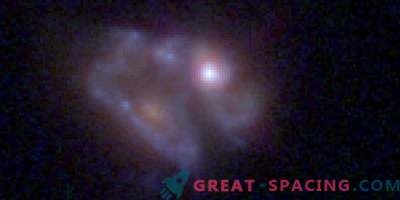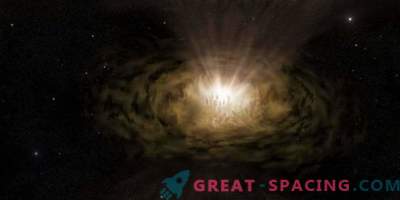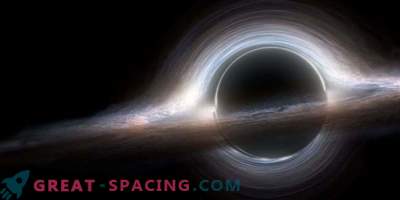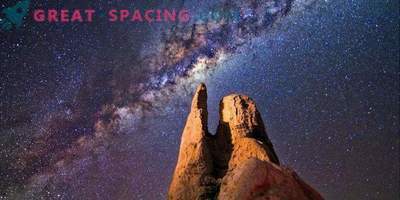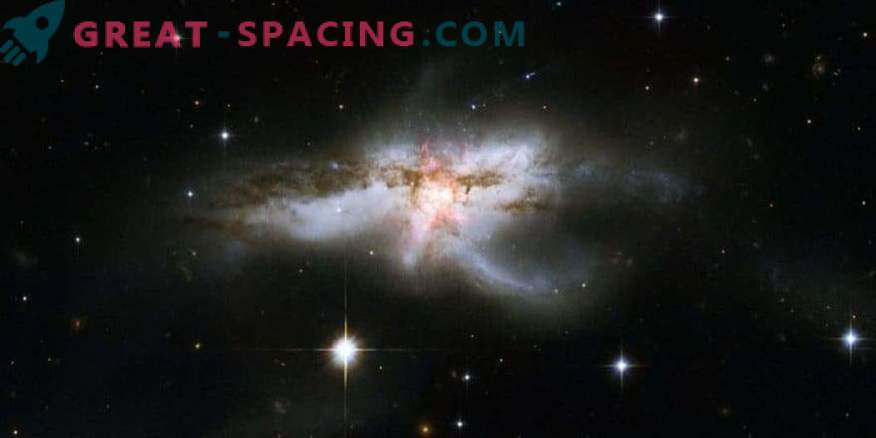
The Hubble Space Telescope's view on the galactic fusion of NGC 6240. As in other similar processes, there is a rapid flow of molecular gas. Scientists displayed carbon monoxide gas in central areas and found that it forms reactive outflows created by activity around black holes.
Galactic fusion is capable of creating powerful radiation from bursts of stellar birth and gas accretion onto two central supermassive black holes. The researchers observed a powerful statistical correlation between the two masses of these black holes and other galactic features. They believe that there should be a link.
Now scientists are working to determine the source of the correlation and its nature. One of the most popular assumptions of feedback is the outflow of molecular gas: when it is activated, depletion of raw materials in the galaxy takes place, which is used to form new stars. The presence of molecular outflows in the IR lines of molecules has also been reported, but these spectral results do not have convincing spatial information to relate activity to the nuclei. A team of 15 scientists decided to use the ALMA sub-millimeter telescope to study the outflow in the glowing galaxy NGC 6240 (the fusion of two galaxies at a later stage). Its two nuclei are divided by 2000 light years and are noticeable at wavelengths from X-rays to radio emission. The researchers used one of the spectral lines of carbon monoxide to study the inner territory of the galaxy. The line shows the presence of gas movements at speeds of up to 2000 km / s.
New images for the first time allowed us to identify several areas of active outflow, distant by several thousand light years from black holes. In addition, these areas correspond to other indicators of total activity, such as impact gas and X-rays. The results are the first demonstration that the molecular activity of the outflow is created by the feedback mechanisms of a black hole.
